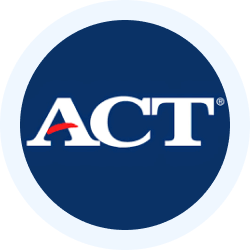ACT Exam > ACT Videos > Science for ACT > Glycolysis: ATP yield
Glycolysis: ATP yield Video Lecture | Science for ACT
|
486 videos|517 docs|337 tests
|
FAQs on Glycolysis: ATP yield Video Lecture - Science for ACT
| 1. How many ATP molecules are produced in glycolysis? |  |
Ans. In glycolysis, a total of 2 ATP molecules are produced.
| 2. What is the role of ATP in glycolysis? |  |
Ans. ATP serves as an energy currency in glycolysis. It provides the necessary energy for the reactions to occur and is also used to phosphorylate glucose, making it more reactive.
| 3. Can glycolysis occur without the presence of oxygen? |  |
Ans. Yes, glycolysis can occur without the presence of oxygen. This form of glycolysis, known as anaerobic glycolysis, occurs in the cytoplasm and is the initial step in both aerobic and anaerobic respiration.
| 4. How is ATP generated in glycolysis? |  |
Ans. ATP is generated in glycolysis through substrate-level phosphorylation. This process involves the transfer of a phosphate group from a phosphorylated intermediate to ADP, forming ATP.
| 5. Are there any other byproducts of glycolysis besides ATP? |  |
Ans. Yes, there are other byproducts of glycolysis. In addition to ATP, glycolysis produces two molecules of pyruvate, two molecules of NADH, and a net gain of two molecules of ATP.
|
486 videos|517 docs|337 tests
|

|
Explore Courses for ACT exam
|

|
Signup for Free!
Signup to see your scores go up within 7 days! Learn & Practice with 1000+ FREE Notes, Videos & Tests.
Related Searches


















